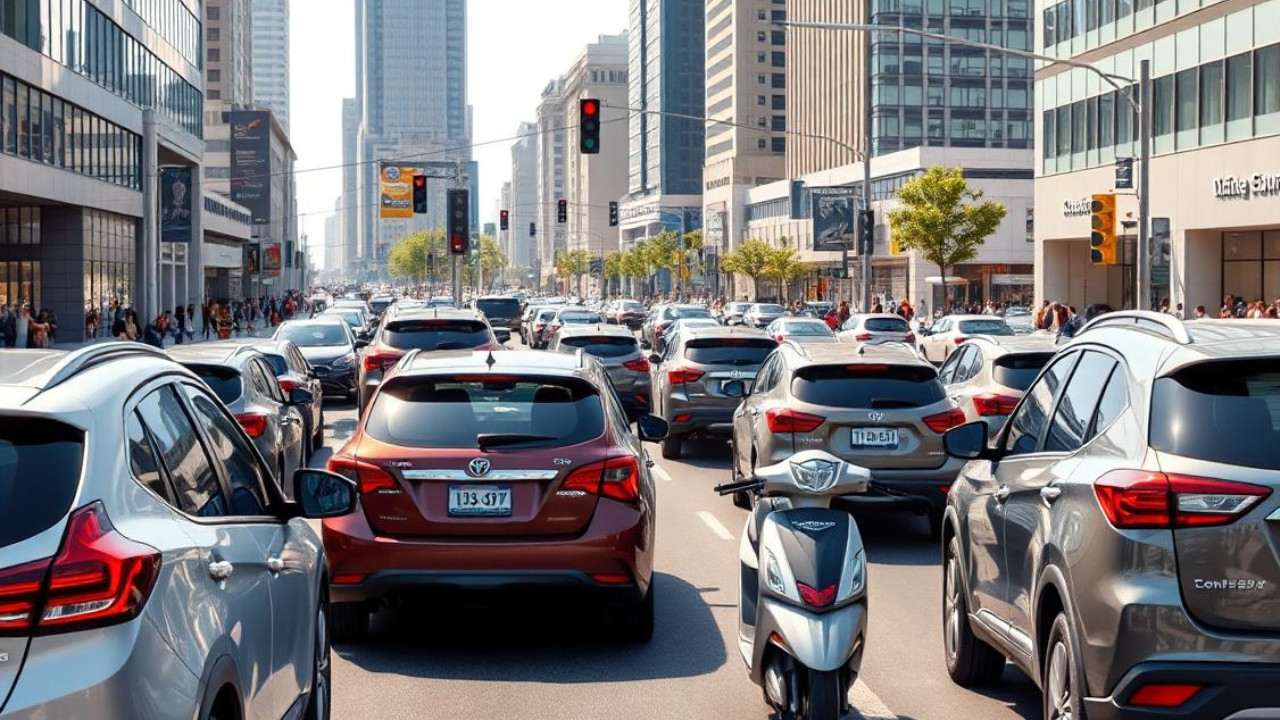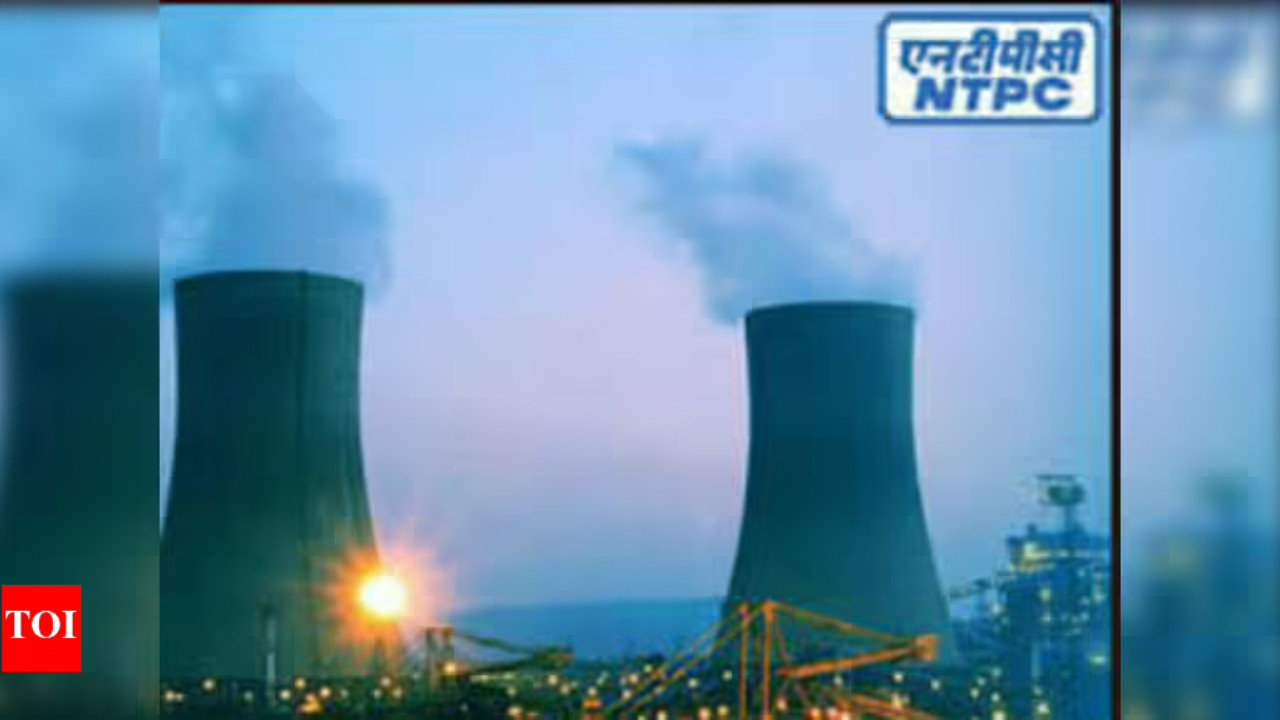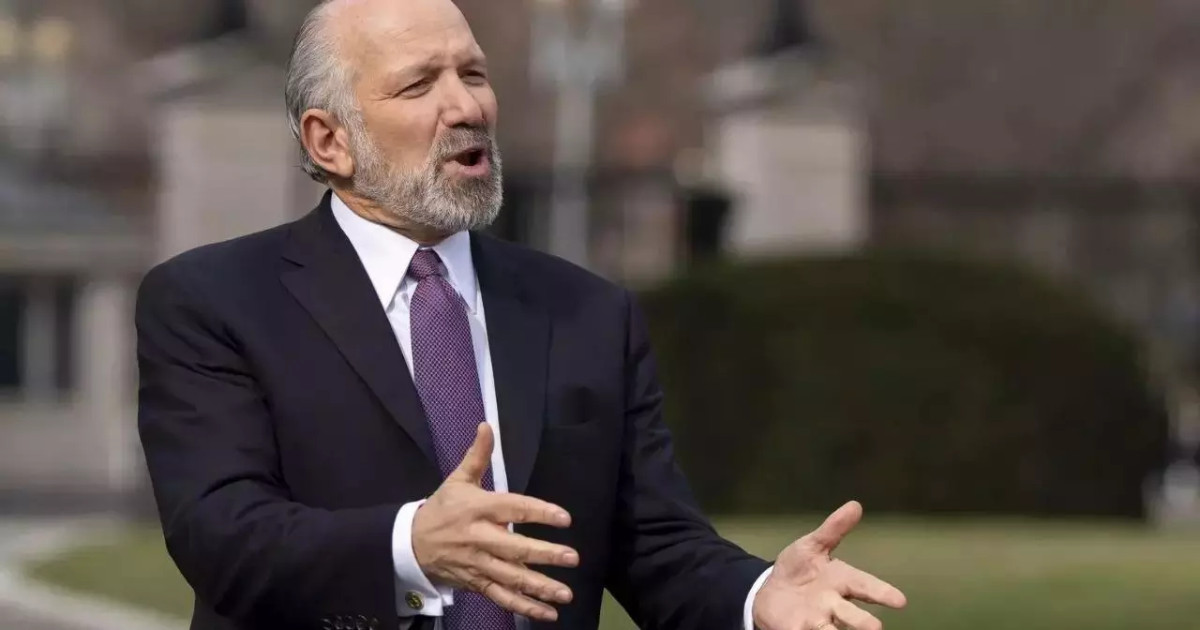India’s vehicle retail sales experienced a 4.31% year-on-year decline in July, totaling 1.96 million units, attributed to weak consumer sentiment and a high base effect. While tractor sales surged by 11% due to favorable monsoon and farm subsidies, passenger vehicles and two-wheelers saw drops. Commercial vehicle sales remained nearly flat, influenced by heavy rainfall and deferred purchases.
The Road Less Traveled: Decoding India’s Uneven Auto Sales
The Indian auto market is a fascinating beast, a complex tapestry woven with shifting consumer preferences, economic currents, and the ever-present monsoon season. July’s sales figures offer a glimpse into this intricate landscape, revealing a market that’s far from a uniform upward climb. While some segments sputtered, others roared ahead, painting a picture of nuanced demand and resilience in unexpected corners.
Overall, retail auto sales dipped by 4.3% compared to last year. This isn’t a catastrophic drop, but it certainly throws a wrench in the narrative of unbridled growth that many anticipated. The culprit? A confluence of factors likely at play, from the aforementioned monsoons dampening consumer enthusiasm to lingering economic anxieties impacting purchasing power, especially in certain sectors.
The passenger vehicle (PV) segment, often seen as a bellwether for overall economic health, experienced a slight decline. It suggests that perhaps the post-pandemic buying frenzy is starting to cool off, and consumers are becoming more discerning about their purchases. With rising inflation and fluctuating fuel prices, potential car buyers may be holding back, carefully weighing their options before committing to a significant investment. Even the used car market is feeling the pinch; read more about managing auto financing on a budget.
Two-wheeler sales, a crucial indicator of the financial health of the middle and lower-middle classes, also witnessed a dip. This is perhaps the most concerning aspect of the report, signaling potential distress at the base of the economic pyramid. While the festive season could provide a much-needed boost, sustained recovery hinges on addressing the underlying factors affecting affordability and consumer confidence.
However, amidst the gloom, a beacon of hope shone brightly: the tractor segment. Defying the overall trend, tractor sales surged by a robust 11%, a testament to the strength of the rural economy and the continued demand for agricultural machinery. This growth suggests a healthy agricultural sector, fueled by government support, favorable monsoon conditions (ironically, while monsoons hinder auto sales in cities, they are essential for agriculture), and increased demand for food production. This positive performance also indicates a potential shift in economic power, with rural India emerging as a key driver of growth. Could this growth translate into increased sales for other segments in the coming months? It’s a question worth pondering.
This divergence highlights a crucial point: the Indian auto market is not a monolith. Different segments respond differently to prevailing economic conditions and consumer sentiments. While urban centers might be grappling with economic uncertainties, rural areas are demonstrating remarkable resilience, driven by the agricultural sector.
The inventory levels across dealerships also offer clues about the market’s trajectory. An increase in inventory suggests that demand is not keeping pace with supply, potentially leading to price cuts and promotional offers in the coming months. Consumers who have been holding back might find this to be an opportune time to strike a deal.
Looking ahead, the Indian auto industry faces a complex road ahead. The festive season, with its auspicious timing and traditionally strong sales, offers a much-needed opportunity for recovery. However, sustained growth will depend on addressing the underlying economic challenges, boosting consumer confidence, and adapting to the evolving preferences of Indian buyers. The surge in tractor sales, however, could point to a new avenue of growth, one rooted in the strength of the agricultural sector. Understanding this nuanced landscape is crucial for navigating the complexities of the Indian auto market.
The Indian auto market is a dynamic and unpredictable entity, constantly adapting to the ebb and flow of economic currents and consumer behavior. While July’s figures reveal a mixed bag of results, they also offer valuable insights into the underlying forces shaping the industry. The divergence in performance between different segments highlights the need for a nuanced understanding of the market and a strategic approach that caters to the specific needs and preferences of different consumer groups. The resilience of the tractor segment, in particular, underscores the importance of the rural economy as a key driver of growth. Only time will tell if this trend continues, but for now, it offers a glimmer of hope amidst the challenges.








